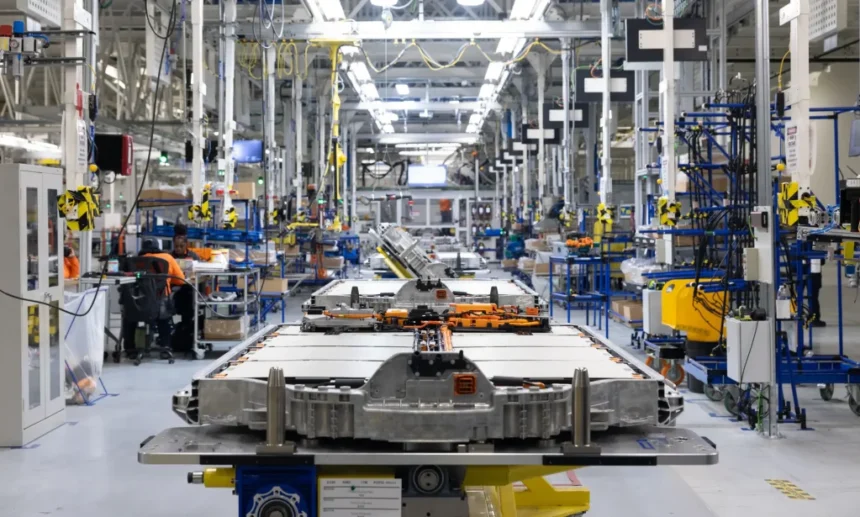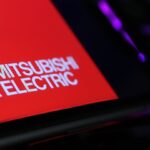The United States is currently experiencing a significant boom in clean energy manufacturing investments, thanks to legislation like the Infrastructure Investment and Jobs Act and the Inflation Reduction Act. These laws have attracted billions of dollars in government support, driving private sector investments in clean energy supply chains across the country.
According to research conducted by James Morton Turner and his students at Wellesley College, a total of 225 projects have been announced, with a combined investment of $127 billion and the creation of over 131,000 new jobs since the passage of the Inflation Reduction Act in 2022.
While there have been reports of delays and potential failures in some projects, particularly in the battery manufacturing sector, a closer look reveals that the majority of projects are on track. Of the 23 battery cell factories announced or expanded since the Inflation Reduction Act was enacted, 13 are progressing as planned, with a total planned capital investment exceeding $40 billion and the potential to create nearly 30,000 new jobs.
One example of a successful project is Envision AESC’s battery factory in Florence, South Carolina, which has seen expansions and is on track to employ 2,700 people once fully operational.
However, the future of these projects hinges on the outcome of the upcoming elections. There is a real risk that policy changes could impact the projects, as many of them rely on tax incentives authorized by the Inflation Reduction Act through 2032. With Republican candidates campaigning to repeal key Biden-led legislation, including the Inflation Reduction Act, the future of clean energy manufacturing investments remains uncertain.
In conclusion, while the data is optimistic about the current status of clean energy manufacturing projects in the U.S., the political landscape could determine their fate. The boom in clean energy manufacturing may face challenges depending on the outcome of the elections and potential policy changes.







